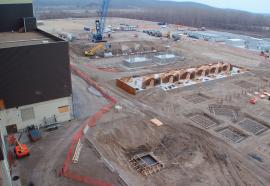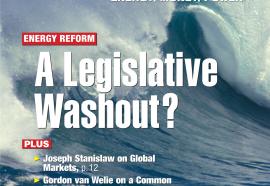Carbon Transparency
Public companies face rising pressure to disclose climate-change risks.
Regulation of greenhouse-gas (GHG) emissions and other efforts to control these growing environmental concerns increasingly are impacting businesses, and investors are seeking more and better information on climate-change risks to make informed investment decisions.











